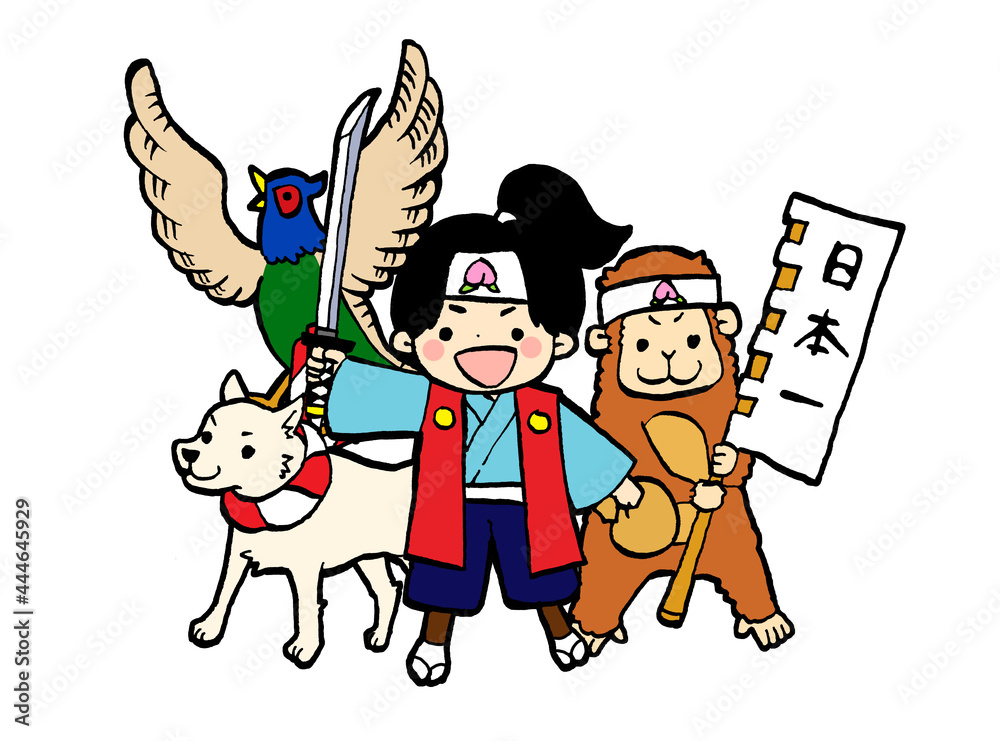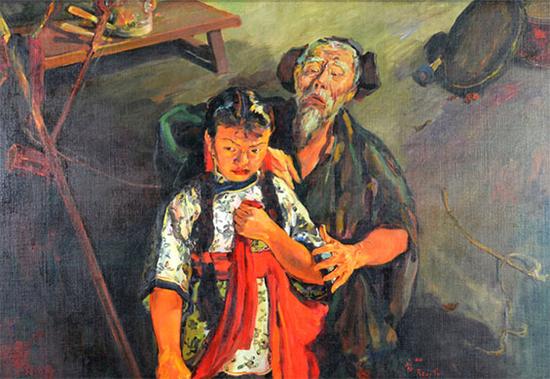
I was researching for a story backdrop for a game prototype. Preferably an adventure that involves traveling, making friends, and fighting evils. As someone who grew up in Asia, the first two that came to my mind was the Journey to the West (西遊記) and Momotarō (桃太郎). When I research further, I found some interesting articles about using a modified version of the story Momotarō as a propaganda tool in the colonial Taiwan.
Finding 1: 日本國民童話「桃太郎」在殖民地臺灣的傳播 LINK
Japanese citizen of country children’s story Momotarō expanse in colony Taiwan
本研究的起因是我第一次到臺灣的時候,碰到一位臺灣老人,她會說日文,因此本研究透過分析日治時期公學校國語教科書的童話「桃太郎」,藉以探討日本殖民政府的教育政策,以及日本教育對臺灣人的影響。
首先比較戰前日本的國語教科書和臺灣的國語教科書。分析在兩種國語教科書中出現的童話為何,並比較在日本民間故事和日本教科書中童話之差異點。
其次,爬梳日本國語教科書和臺灣教科書中的桃太郎故事。分析教科書所賦與桃太郎的意義。
最後,調查教科書以外的如報章雜誌及學校中學藝會、演講等使用桃太郎故事的情形,以分析桃太郎故事的擴散。此外,分別對8位受過日本教育的臺灣人訪談,分析他們對桃太郎故事的印象。
本研究認為,在日本五大童話中,桃太郎是具有日本特色,而且最容易操作的童話。日本殖民地時期,日本的教育關係者透過學校教育及各種管道,將帶有日本國民色彩的童話──桃太郎普及於殖民地臺灣,藉以教化臺灣兒童。
The motivation for this study originated from my first visit to Taiwan, during which I encountered an elderly Taiwanese woman who could speak Japanese. This inspired me to analyze the fairy tale Momotarō from the Japanese-language elementary school textbooks used during the Japanese colonial period, in order to explore the educational policies of the Japanese colonial government and the impact of Japanese education on the Taiwanese people.
First, this study compares prewar Japanese language textbooks with those used in Taiwan during the colonial period. It analyzes which fairy tales appear in both sets of textbooks and compares the differences between Japanese folktales as they appear in oral tradition and as they are presented in textbooks.
Next, it closely examines the Momotarō story as found in both Japanese and Taiwanese textbooks, analyzing the meanings assigned to the tale within these educational materials.
Finally, it investigates how the Momotarō story was used beyond textbooks—in newspapers, magazines, school arts festivals, speeches, and other settings—to analyze the tale’s dissemination. In addition, interviews were conducted with eight Taiwanese individuals who had received a Japanese education, to explore their impressions of the Momotarō story.
This study argues that among the five major Japanese fairy tales, Momotarō is the most characteristically Japanese and the easiest to utilize. During the colonial period, Japanese educators used school curricula and various channels to popularize the Momotarō tale—imbued with Japanese national identity—in colonial Taiwan as a means of instructing and assimilating Taiwanese children.
Finding 2: 战前中日两国间的桃太郎形象建构 LINK
桃太郎是全面抗战前中日两国重点关注的童话形象。日本建构的桃太郎形象始终围绕着“正义—桃太郎—日本”和“恶者—鬼—被征伐地区”的近代殖民文化逻辑展开。日本借助文人赴台宣讲、小学课本增列《桃太郎》、报刊宣传等方式,促成了桃太郎形象在中国台湾地区的普及、移植和变貌。但是,中国文人早已识破了日本对外殖民掠夺过程中以桃太郎为核心的“殖民合理化宣传”陷阱。如章太炎批判了此故事蕴含的侵略意念,启发了芥川龙之介改写桃太郎并揭露日本“桃太郎主义”中的伪善正义;连横追溯了桃太郎的汉文化传统、展现出浓厚的民族认同和家国情怀;杨逵则提炼出桃太郎故事的左翼精神,主张积极践行“行动主义”, 激发劳苦大众勇于抗争殖民掠夺和阶级压迫。

Before the full-scale war between China and Japan, Momotarō was a prominent fairy tale figure closely followed by both countries. The Japanese construction of Momotarō consistently revolved around a modern colonial cultural logic that framed “justice–Momotarō–Japan” against “evil–demons–conquered territories.” Through means such as sending intellectuals to give lectures in Taiwan, adding the Momotarō story to elementary school textbooks, and promoting it via newspapers and magazines, Japan facilitated the popularization, transplantation, and transformation of the Momotarō image in Taiwan.
However, Chinese intellectuals had already seen through Japan’s use of Momotaro as a tool of “colonial justification propaganda” in its external expansion. For example, Zhang Taiyan criticized the story’s underlying message of aggression, which in turn inspired Akutagawa Ryunosuke to rewrite Momotarō and expose the hypocrisy in Japan’s so-called “Momotarō-ism.” Lian Heng traced the story’s roots in Han Chinese cultural traditions, expressing strong national identity and patriotic sentiment. Meanwhile, Yang Kui extracted a leftist spirit from the tale, advocating for proactive “activism” and encouraging the working class to courageously resist colonial plunder and class oppression.
Reminds me of: Drop Your Whip (放下你的鞭子)

This reminds me of the street skit “Drop Your Whip” that I learned at the drama club in college. “Drop Your Whip” (放下你的鞭子) is a well-known Chinese street performance with propaganda significance, but it actually predates the Cultural Revolution and was later revived and repurposed during that period.
“Drop Your Whip” was originally a street skit (快板剧 or 小品) created in 1931 by dramatist Chen Liting (陈鲤庭) based on a play by Tian Han during the Anti-Japanese War era. The performance featured a young beggar girl being beaten by her stepfather. A passerby intervenes, scolds the stepfather, and gives the girl money. In the skit, the girl explains that her suffering is due to the Japanese invasion, not personal misfortune. This scene becomes a metaphor for national suffering under imperialism, encouraging anti-Japanese resistance.
During the Cultural Revolution (1966–1976), the piece was revived and adapted as revolutionary propaganda, often performed in public squares, workplaces, and rural areas. Its class struggle themes—a cruel oppressor (the stepfather) and a suffering innocent (the girl)—aligned neatly with Maoist ideology. The performance was used to foster revolutionary fervor, targeting both historical enemies (like imperialists) and class enemies within (landlords, counterrevolutionaries). In some cases, it was even staged as a criticism or denunciation session, with parallels drawn between the stepfather figure and actual individuals labeled as “class enemies.”
The “whip” came to symbolize oppression, and dropping it was a metaphor for overthrowing old systems—imperialism, feudalism, and capitalism. The emotional appeal, direct messaging, and performative nature made it effective for mass mobilization, especially in rural and less literate populations. Therefore, while “Drop Your Whip” wasn’t originally created during the Cultural Revolution, it became part of its broader repertoire of revolutionary propaganda, often adapted to fit shifting political narratives.